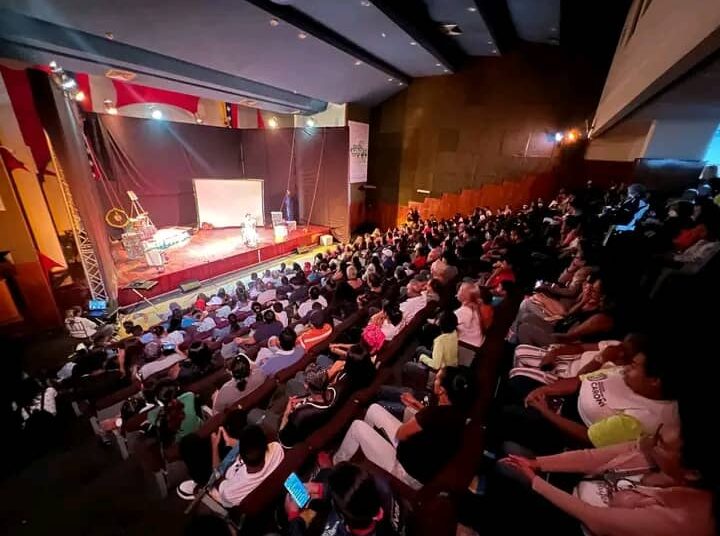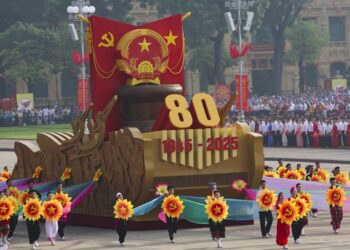Since 2022, when Icarón Teatro presented its production of the August Strindberg classic Miss Julie (directed by Lucre Estévez), at the Bertolt Brecht Center in Havana, there has not been another exhibition of this important Matanzas-based collective in the capital’s theaters, despite the geographical proximity and the company’s new premieres. Icarón Teatro was then celebrating twenty-one years of existence and already had more than two dozen performances.
In fact, Havana has not been the setting for the anthological autobiographical monologue Las penas que a mí me matan, written and directed by playwright and director Albio Paz for Miriam Muñoz — which was based on the actress’s personal story.
The play earned her recognition at the 1991 Monologue Festival and is also the first theatrical account of the dark years of the so-called “gray five-year period” (1971-1976), during which a significant number of artists, teachers and university students were socially excluded and where theater art suffered the brunt.
After winning the 2025 National Theater Award in January of this year, the actress and director, who has performed several monologues — and has performed repeatedly in Santa Clara and Pinar del Río, and months ago was able to share her work with colleagues and audiences in Santiago de Cuba — has yet to interact with audiences in the capital.
Indeed, the performance of artists from other provinces in Havana is not a viable option, and the days are long gone when national or regional tours of the capital’s best performances were a constant.
Furthermore, the selection or curatorship of national exhibitions presented at both the Camagüey Theater Festival and the Havana Theater Festival, an international event since its inception in 1980, continues to be an opaque process for the Cuban theater movement.
As a result, the country’s theater fabric suffers from a lack of communication and the almost complete absence of spaces for real professional exchanges.
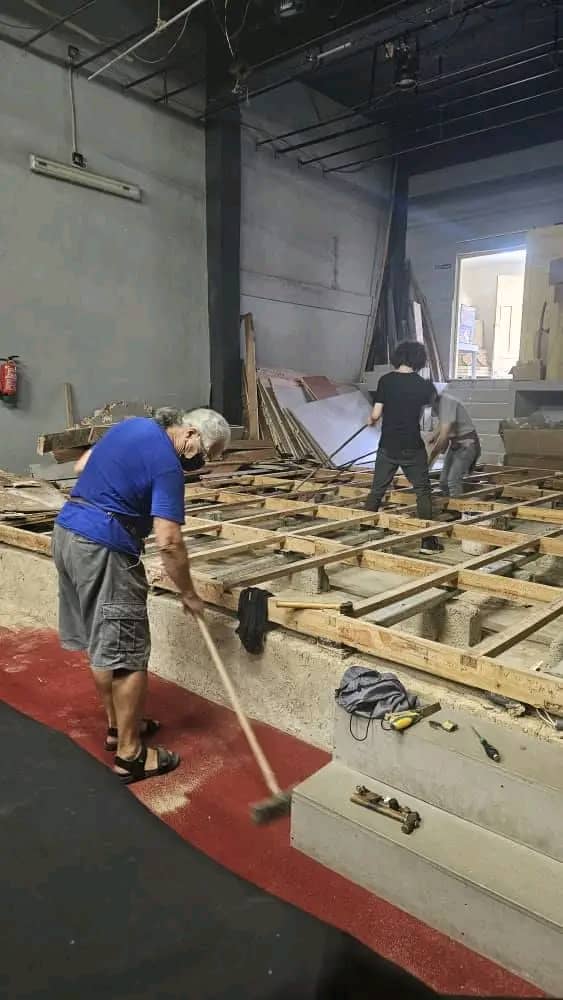
Migration is not only a transnational movement
The country’s population is simultaneously undergoing changes of very different kinds. The rigors of daily life over the last five years have produced unprecedented instability.
Migration also occurs, and sometimes initially, within the country. From rural to urban areas; from the provinces to the capital. Professional migration also occurs; people change jobs and professions. The only compass for these movements is to achieve a somewhat better situation.
Likewise, our theater casts are affected by this extreme mobility, along with the technical teams involved in the shows. Sometimes, entire groups migrate. It can be within a country, as, in a certain way, is the case with Argos Teatro. It can be from their provinces to the capital.
This is illustrated by the puppet theater Retablos, in Cienfuegos, directed by Christian Medina; the Teatro Tuyo, in Las Tunas, directed by Ernesto Parra; and, around these very days, the Teatro de la Utopía, in Pinar del Río.
The latter, founded and directed by Reynaldo León, has been handing over the Virgilio Piñera Theater and its assets — all duly inventoried — to the Provincial Department of Culture of the territory, in anticipation of the imminent relocation of its only two members to Havana.
Cienfuegos, Las Tunas and Pinar del Río are three territories that have lost artistic groups with high achievements and recognition both within and outside their boundaries. Of course, at least for now, nothing can replace them.
Meanwhile, in the capital, performance spaces are dwindling due to the closure of a critical number of its theaters: Mella, Alicia Alonso, Fausto, El Sótano and Raquel Revuelta.
To this list, we could well add the Teatro Musical de La Habana with its two theaters, the first to be lost after the unfortunate and irresponsible loss in 1967 of the Havana theaters created by our maestros since the 1950s, a legitimate heritage of Cuban theater.
Two decades ago, Teatro de la Utopía decided to establish its roots in the westernmost of our provinces, where it developed and premiered most of its repertoire, built the Virgilio Piñera Theater Hall, presented professional groups from other parts of the country and over the past eight years created and consolidated the Escaleras al Cielo project, a unique and invaluable community outreach project.
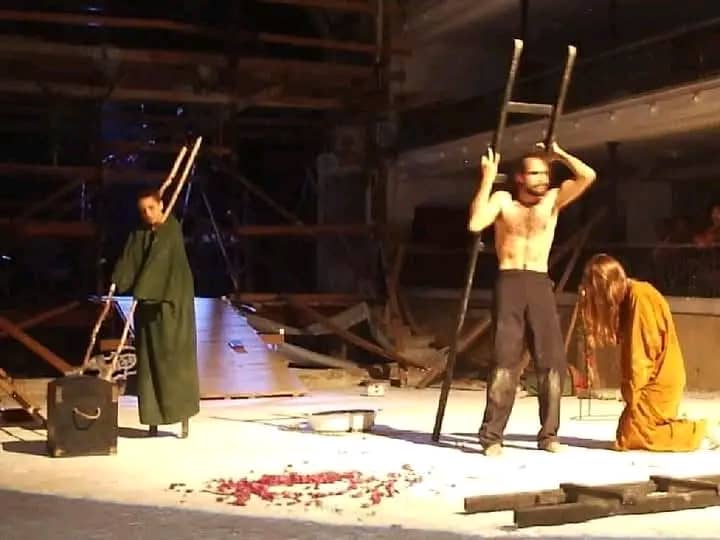
The reasons for the institution’s decision are expressed in a post published on social media (“Acoso y abuso del poder,” on Reynaldo León Coro’s Facebook wall, February 28, 2023), to which its director declined to add further comments for this article.
In previous articles published in this and other digital publications, I have referred to the material aspect of performance creation: both theater and dance require adequate funding within the allocations for the cultural dimension in the distribution of the nation’s finances.
Theater is created with the dreams, effort and total dedication of its creators, the support of its audiences and the proper organization of its administrative system which, in the Cuban case, is responsible for providing the necessary funding.
This task does not grant it any prominence, since the absolute protagonist of our art is the citizenry, while the social function of these administrative subsystems lies in the fulfillment of the full cycle of the artistic product, which culminates in the encounter with the public.
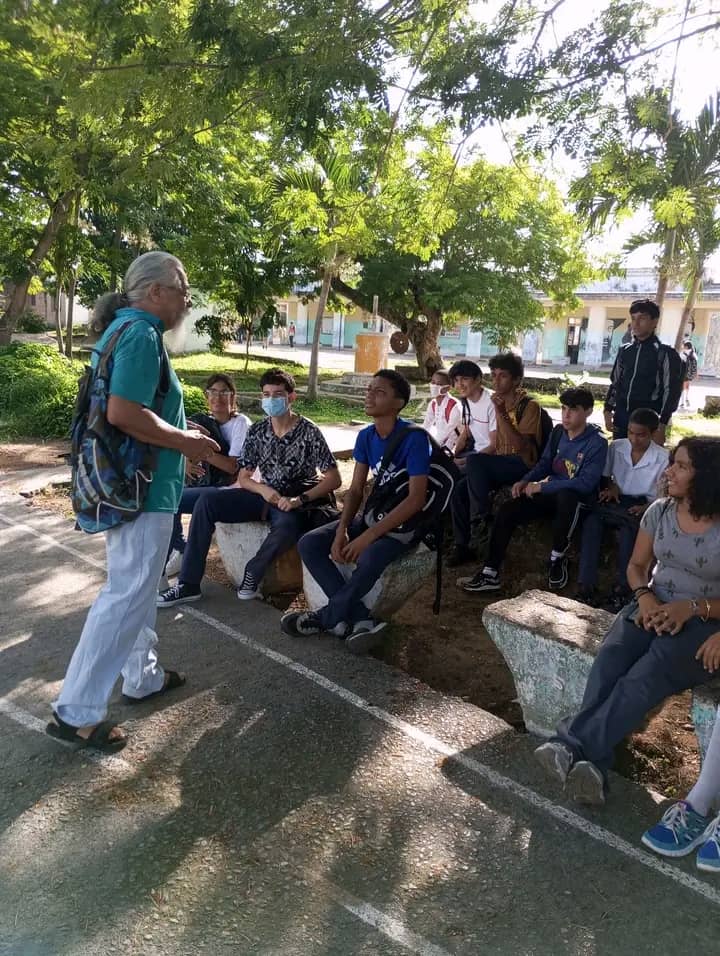
The Cuban Revolution’s cultural policy
In 1962, just three years after the political triumph of the Cuban Revolution, the island was populated by theater groups; drama groups were formed even where nothing similar had existed before.
Each of the provinces that made up the national geography, in addition to the capital, had two theater groups: one for adult audiences and another focused on work for children and teenagers.
Therefore, there was no noticeable migration to the capital of new talents or those interested in dedicating themselves to the dramatic arts. Instead, a relationship of collaboration and technical assistance was established from Havana with all artists on the rest of the island.
A wise strategy guaranteed the fulfillment of the objectives of the Revolution’s true cultural policy (which transcends, of course, the oft-repeated phrase that usually refers to the meeting between Fidel and intellectuals in 1961 at the National Library, cited, moreover, outside its communication context); a strategy that had begun with a colossal feat: the Literacy Campaign, which involved a considerable part of the population and set the tone for the entire immense cultural process that the Revolution itself represented.
Among the objectives of the cultural dimension of the new life opening up to Cuban society, the central one was to place art at the service of the people and guarantee its enjoyment by all sectors of the citizenry, with special and meticulous attention to those who, given their position in the class structure in place until then, had been excluded from the enjoyment of education and culture.
With these aims in mind, among the first public institutions of the new social order, just during the course of that dizzying year of 1959, were those linked to literature, cinema, relations with the cultures of Our America, the organization of theater and dance, the amateur artist movement, and the study and development of ethnology and folklore.
These continue to be the main objectives of the Revolution’s cultural policy; the policy that guarantees, of course, the fulfillment of the highest goals of this process: the liberation of humanity through access to knowledge and the cultivation of its spirituality and civic spirit.
And when these goals have ceased to be fully fulfilled or have been relegated, the price to pay has been extremely high: debasement, immobility and utter ignorance regarding the frank, free and immediate exercise of civil rights by an entire population that fails to acquire the culture that transforms it into real and true citizenry.
Will this process of centralization of the nation’s cultural capital, which is antagonistic to the humanist essence of the radical transformation that began more than six decades ago, continue to occur at this point as if it were an event without major consequences?
Will we see the contemporary cultural system of an entire country dismantled with the same passivity we displayed in the face of the dismantling of our sugar industry?
A fact, by the way, of enormous impact on the nation’s economic structure, on the social life and destinies of the populations that emerged by the side of each of these sugar and sugar-derived factories, and — let’s not forget — on our very national identity.

